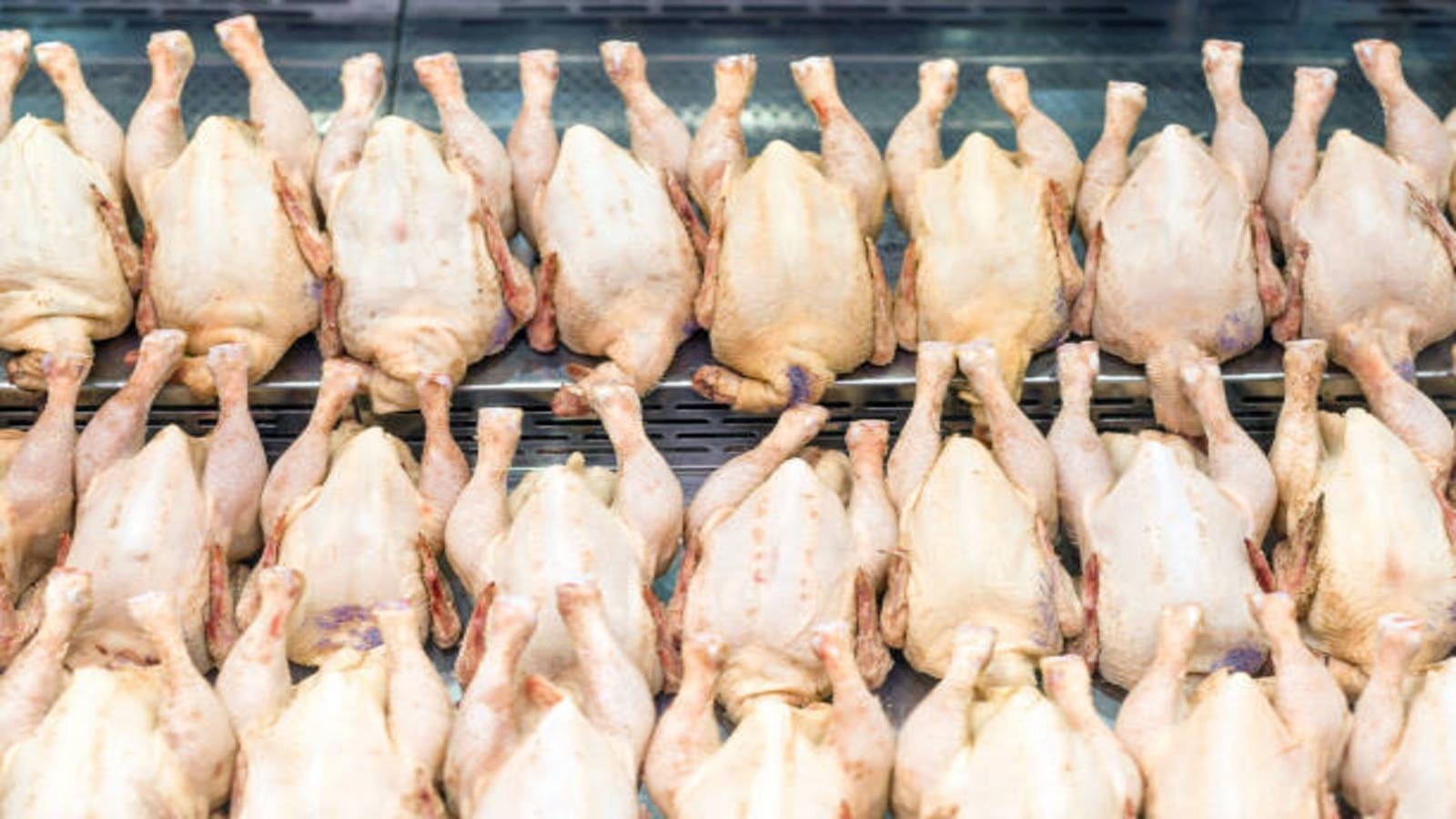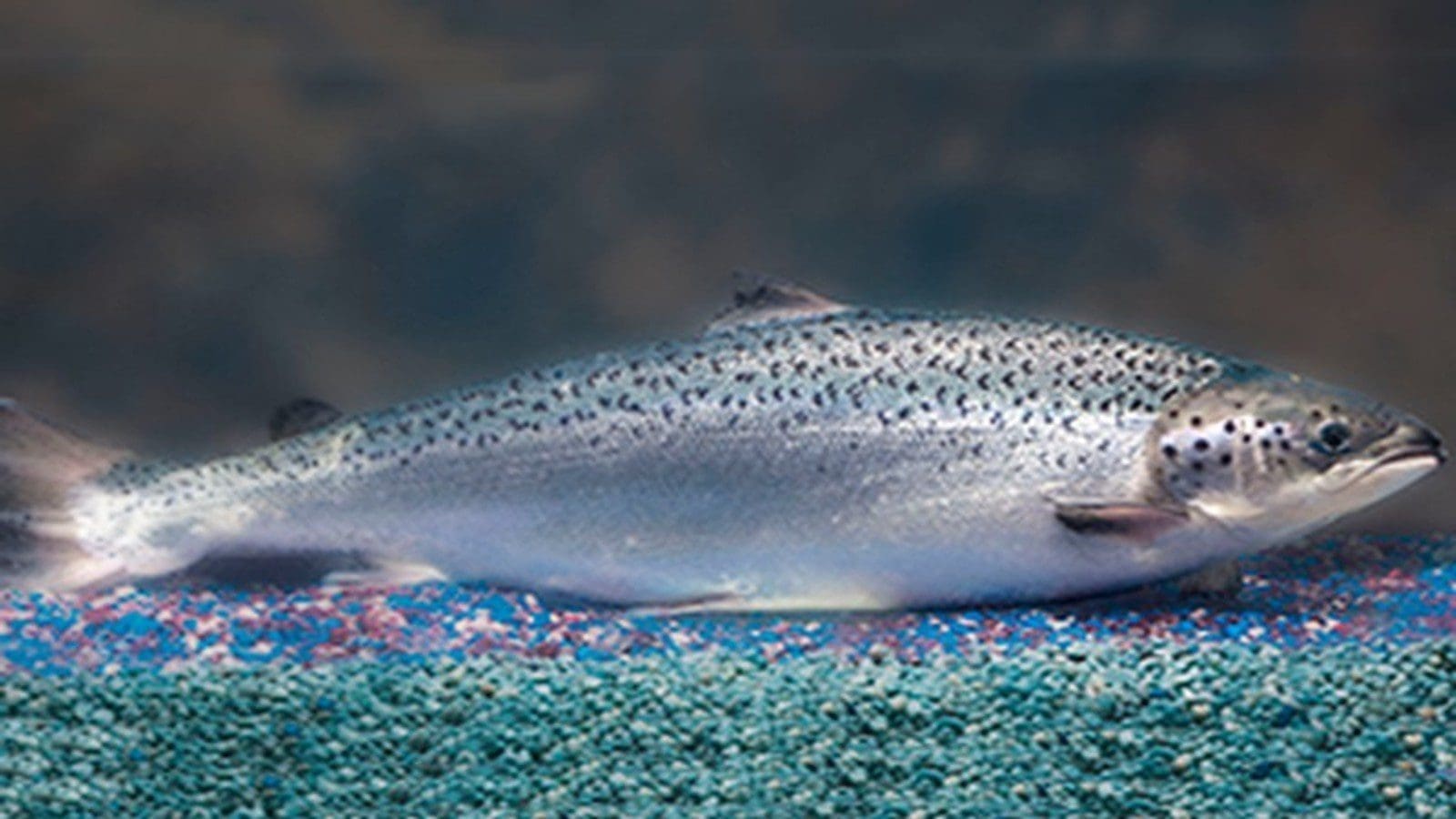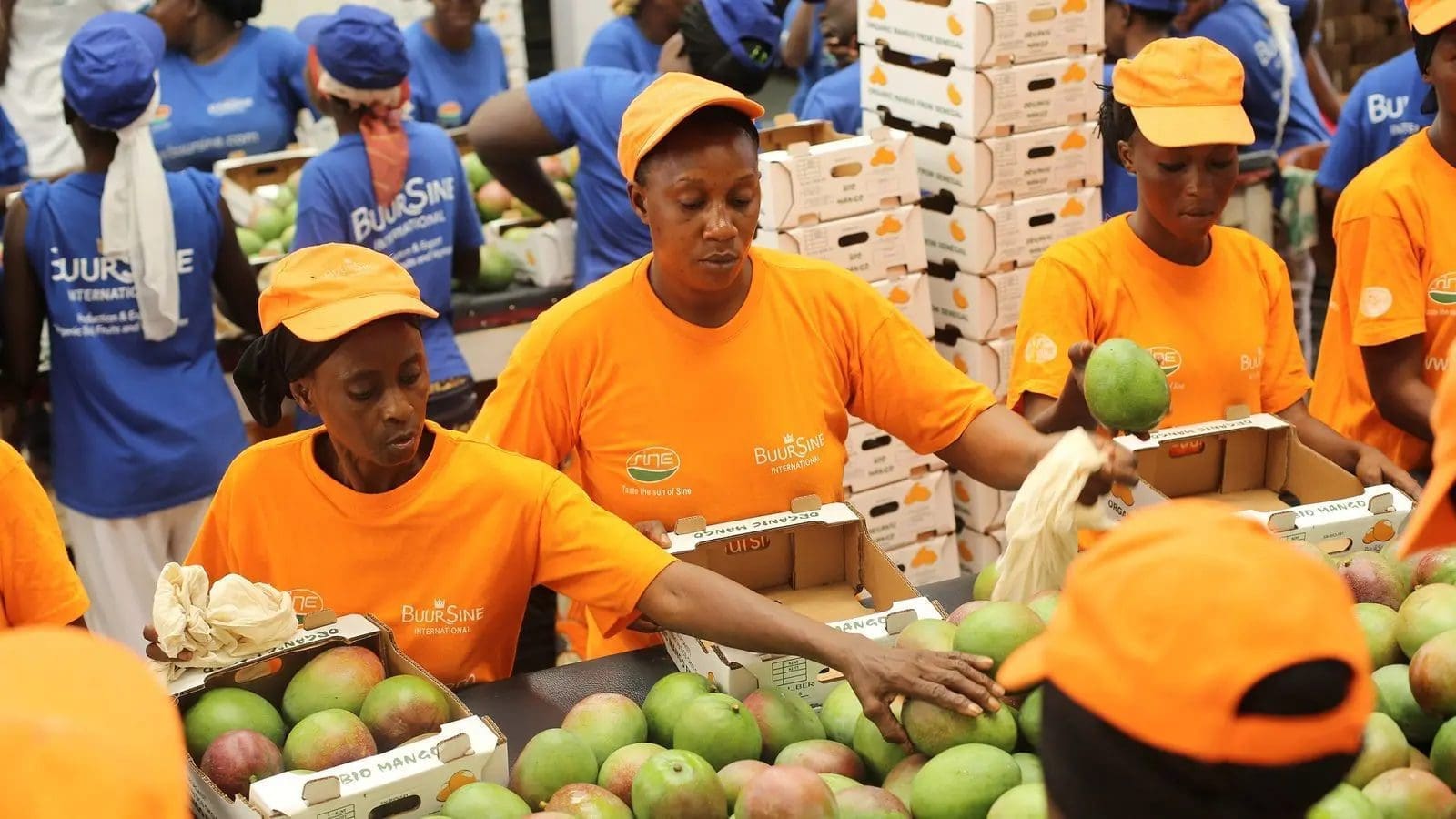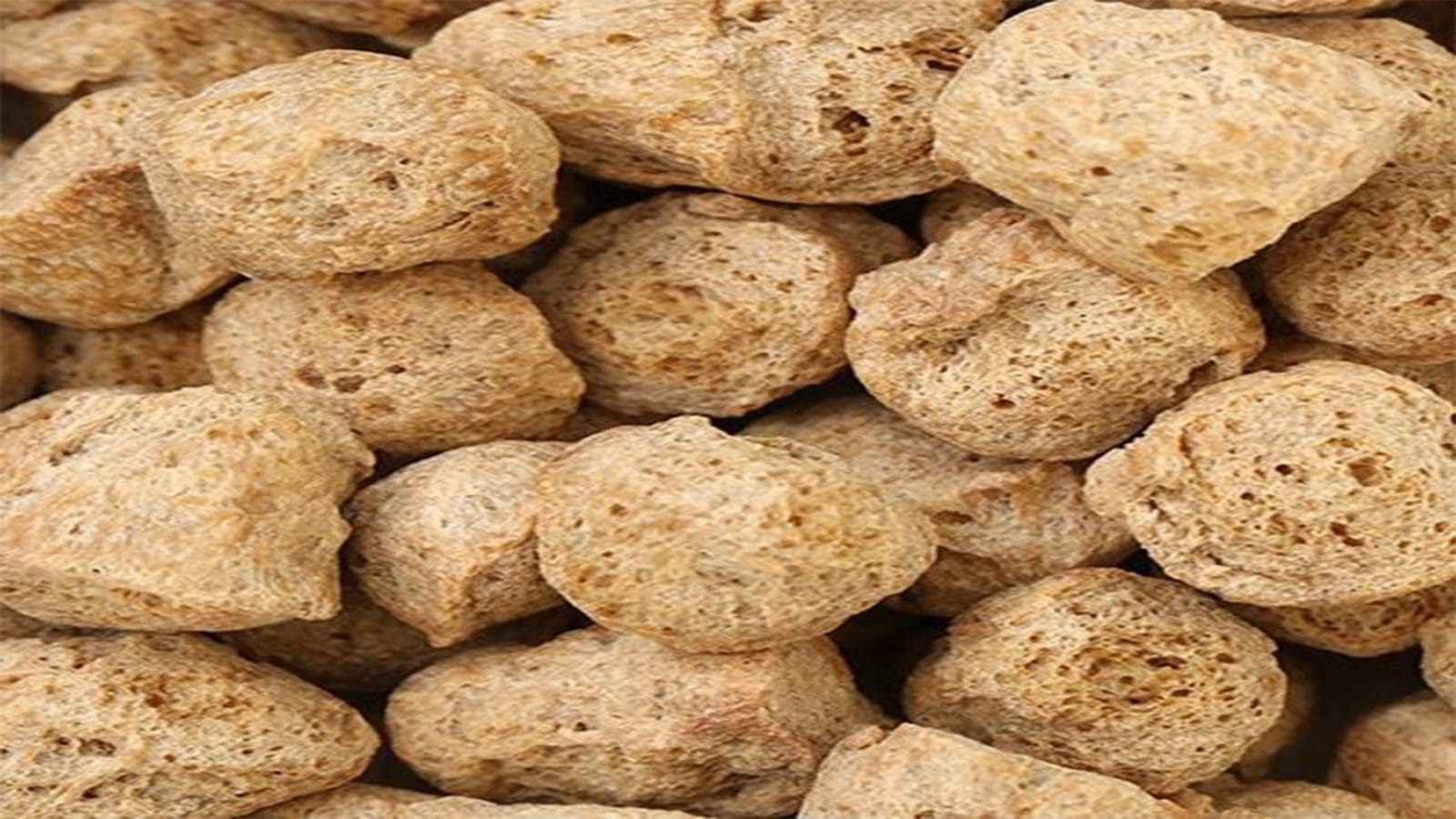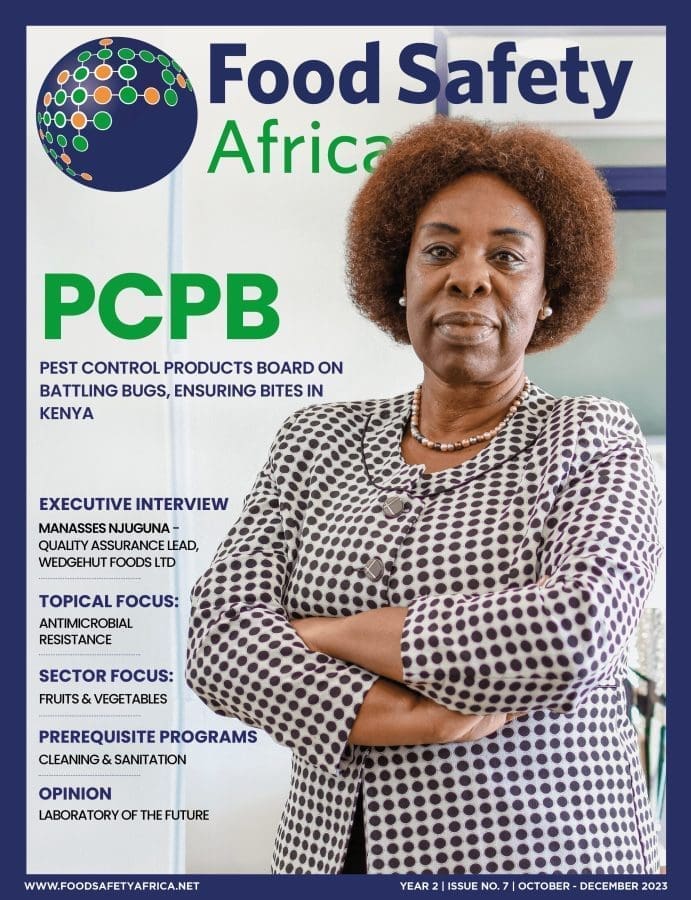U.S – United States Department of Agriculture’s (USDA), Food Safety and Inspection Service (FSIS) has announced the availability of revised guidelines to assist poultry establishments in controlling Salmonella and Campylobacter in raw poultry.
FSIS has reviewed the content of the guidelines in light of new scientific and technical information, public comments received on the 2015 guideline, and the agency’s decision to issue two separate guidelines — one on controlling Salmonella and the other on controlling Campylobacter.
The guidelines help poultry establishments, including those that are small and very small, identify and implement pre- and post-harvest interventions to control Campylobacterand Salmonella as part of their HACCP system.
Additionally, it aids poultry establishments utilizes microbial testing results to monitor the performance of the HACCP system and inform decision making.
On Dec. 16, 2015, FSIS published a Federal Register notice (80 FR 78166) announcing the availability of and opportunity to comment on a revised agency compliance guideline for controlling Salmonella and Campylobacter in raw poultry.
It received fifteen comments in response with the commenters being consumer and industry associations, individuals, and firms that specialize in providing technology and services to the regulated industry.
This revision was the fourth edition of the guideline the agency had developed to assist establishments that slaughter or process raw poultry products to curtail or avert the risk of the two pathogens in their operations.
The FSIS has updated the guideline contents to reflect the most recent best practices, supported by current peer-reviewed literature and analyses of FSIS data.
Updates include information on using neutralizing agents in sampling to prevent carryover of antimicrobial substances and a current list of antimicrobials for establishment use.
It also contains improvements in the information on pre-harvest practices, with a comprehensive revision of the litter/bedding section.
According to the agency’s officials, the updated information enables establishments of various sizes and configurations to have practical options for reducing and inhibiting the growth of pathogens commonly found in raw poultry.
In response to the comments, Food Safety News highlights that FSIS also reviewed the recommendations in the previous version of the guideline and assessed each section for utility and effectiveness.
The resulting changes include a complete revision of the sections on litter and bedding and updates to FSIS data on the rate at which Salmonella or Campylobacter contamination can be attributed to source materials of different compositions.
Moreover, the agency is now issuing the revised document as two separate guidelines for each of the two foodborne illnesses.
It reiterates that the contents of the guidance documents are intended to provide clarity to the public regarding existing requirements under the law or agency policies and such are not legally binding.


